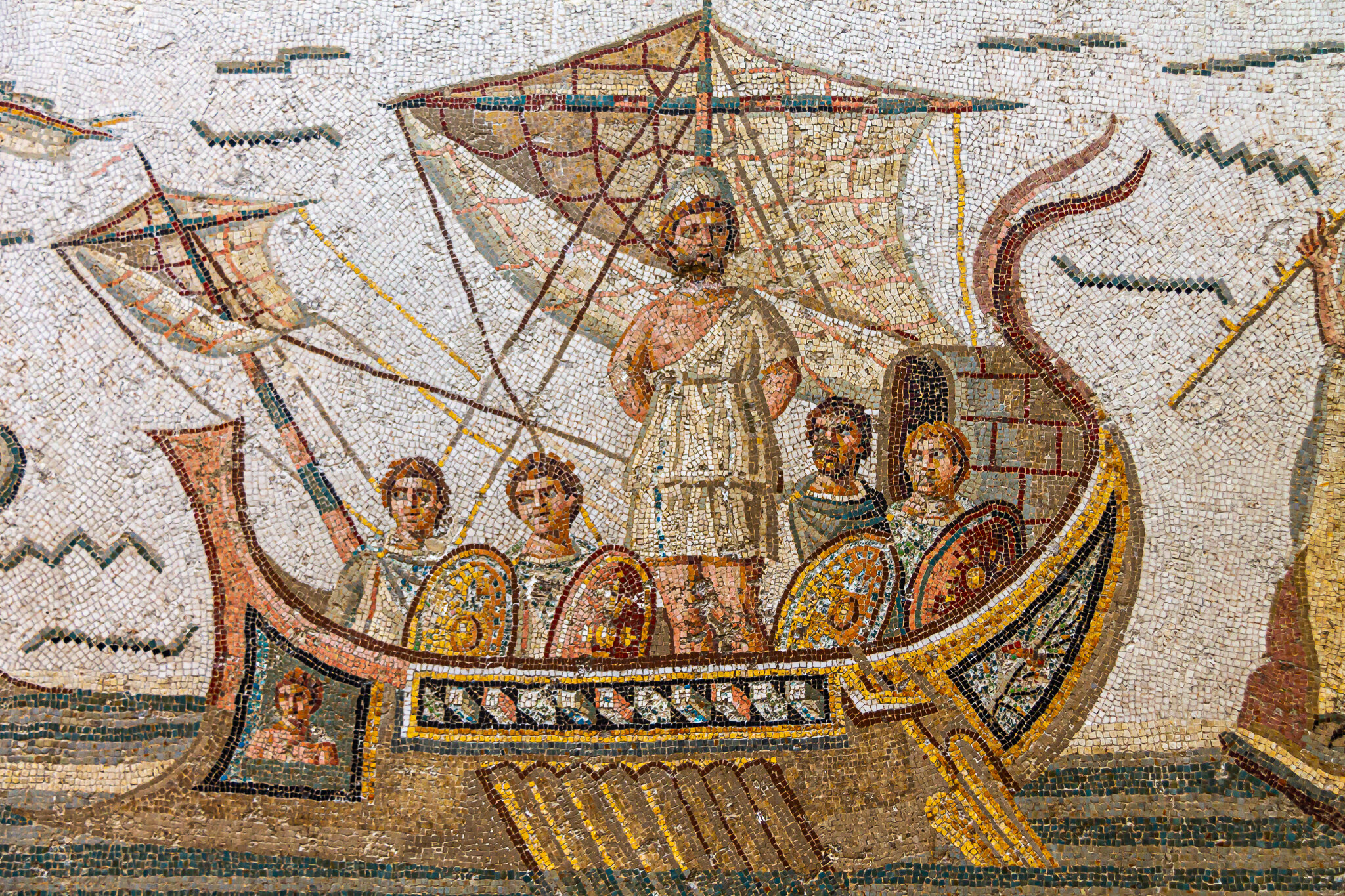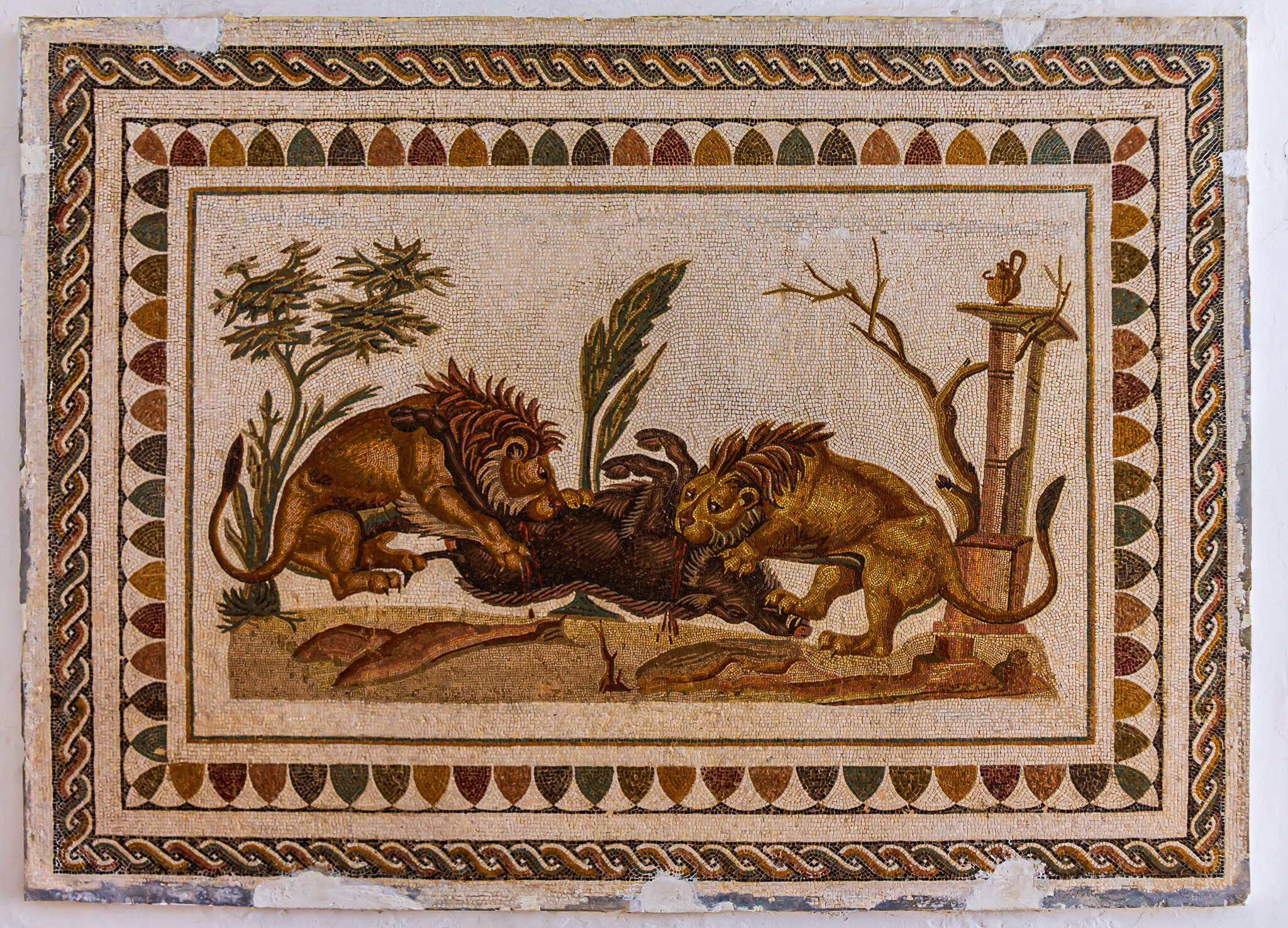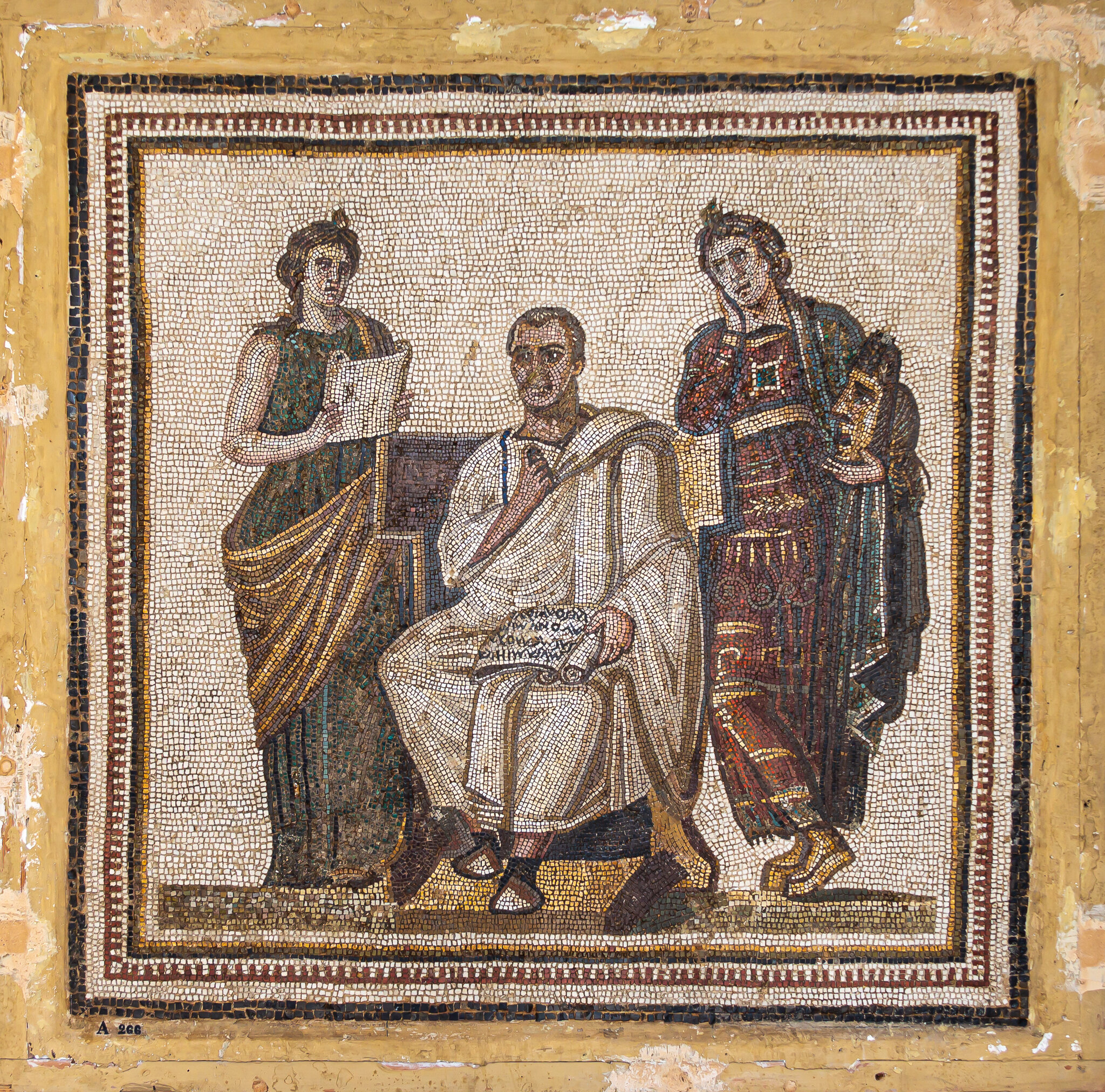The strategic occupation of the territories that encircled the Mediterranean Sea led the Romans to becoming one of the largest and most prominent Empires in history. There is evidence of the extensive influence of the Roman Empire from Europe to the Middle East and to Tunisia, North Africa which was known at the time as Roman Africa.
Sitting in one of the largest amphitheatres in El Jem you can almost hear the roar of the crowds as the gladiators enter the arena. Or while admiring the ancient theatre in Carthage you can picture the actors in costume as they take the stage. Or simply strolling through Dougga in one of the best-preserved “Roman small towns” you can vividly imagine life in the 2nd century A.D.
But notwithstanding the impressive ruins of the Roman Empire in Tunisia, there is equally as interesting evidence of this past history in the smaller artifacts remaining of Roman Africa — the mosaics.
The Romans used mosaics, comprised of hundreds and up to thousands of tiny coloured stones for decorative purposes on floors and walls. The size and quality of the mosaics was proportional to the wealth and importance of the homeowner. Mosaics varied from geometric patterns to famous figures from history and mythology, and images depicting general day-to-day life in the Roman Empire.
Seeing the quantity and quality in the preservation of the ancient mosaics in Tunisia was a real surprise to me. The skill and talent of the artists that created these mosaics provide a vivid picture of how the Romans lived during those times. It’s the details of the images that helps you to imagine the people occupying the now ruins and remnants of a former Empire. I particularly enjoyed the intricately themed mosaics of gladiators in battle, local wild animals — including the now extinct Barbary Lion, and scenes from farming and fishing.








